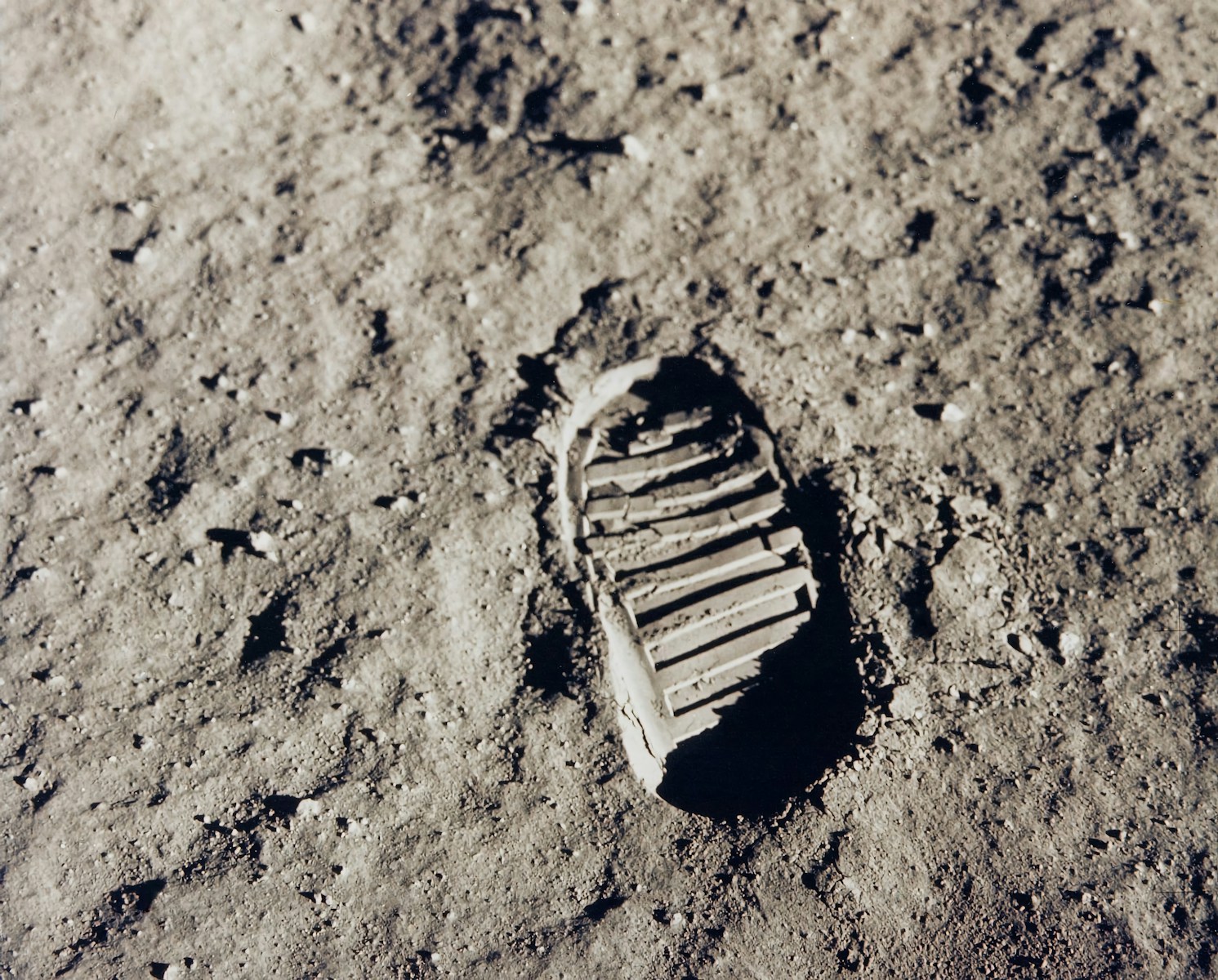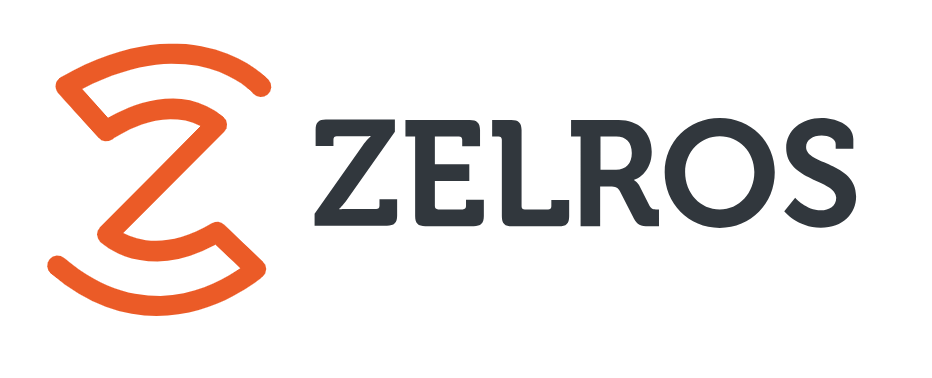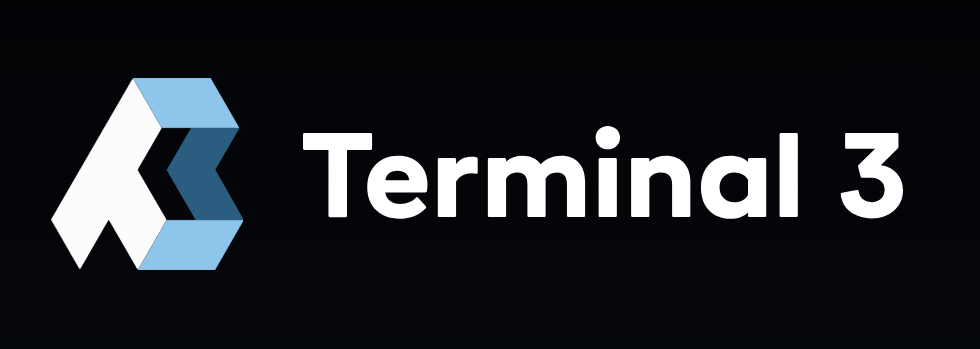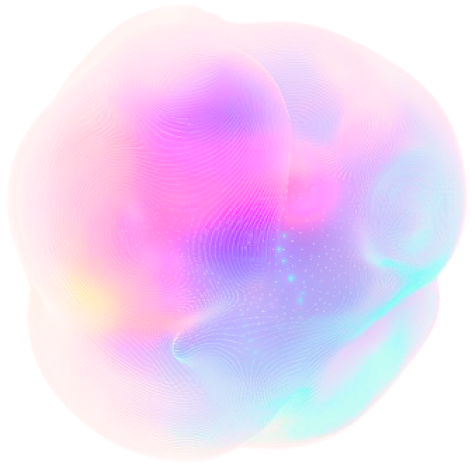Insider Brief
- Fine-tuned large language models can accurately control simulated spacecraft across multiple mission scenarios, suggesting new uses for AI in space exploration, according to The Space Insider.
- Researchers from MIT and Universidad Politécnica de Madrid showed that LLMs like Llama-2 can guide orbital transfers, landings, and cislunar navigation using less training data than traditional methods.
- The models generalized well to off-nominal situations and were capable of handling multiple control tasks, raising the potential for unified AI-based spacecraft controllers.
One small step for AI, one large leap for language models…
Large language models (LLMs) are best known for their ability to generate human-like text. But recent research shows they may also be capable of piloting spacecraft, according to Space Insider.
A new study from MIT and Universidad Politécnica de Madrid demonstrates that fine-tuned LLMs—AI models like Meta’s Llama-2—can accurately generate thrust commands for simulated space missions, including orbital transfers, lunar landings, and cislunar navigation. With minimal retraining, these models output high-precision vectors to guide spacecraft under varying conditions. The findings suggest a new role for generative AI in space systems control and autonomous exploration.
The study, Fine-Tuned Language Models as Space Systems Controllers published in arXiv, explores how relatively small LLMs (with 7 to 13 billion parameters) can match and even exceed traditional control algorithms in robustness while using less training data. The research team, led by MIT postdoctoral associate Enrico Zucchelli, tested these models on four spaceflight scenarios: a spring-damper toy model, low-thrust orbital transfer, three-body cislunar dynamics, and fuel-optimal powered descent for landing.
Why Use LLMs for Spacecraft Control?
Unlike traditional AI systems that require task-specific programming, LLMs are pretrained on massive text datasets and learn general-purpose representations of the world. That foundation enables them to adapt quickly to new problems with limited additional data. When fine-tuned on control datasets, LLMs can generate structured outputs—like thrust vectors—that translate directly into guidance commands for a spacecraft.
LLMs also handle rare events and unexpected inputs more gracefully than conventional control algorithms. According to the study, the models were able to generalize well beyond their training distributions and remained stable even when tested with biased or off-nominal initial conditions. In some cases, they outperformed optimization-based methods that failed to converge or violated mission constraints.
Performance with Limited Data
One major advantage of using LLMs is data efficiency. For a simple 3D spring system, the LLM required data from only 3 example trajectories to stabilize the system—achieving results within 59% of optimal performance. With just 30 training trajectories, the model matched the performance of a traditional linear-quadratic regulator.
In the more complex orbital transfer scenario, models trained on 1,600 trajectories achieved 99% success rates. The optimizer used to generate the training data succeeded only 83% of the time under the same test conditions. While the LLM was slightly less precise, it proved more reliable in ensuring the spacecraft reached its destination within a single orbit.
Another key result: the same model could be fine-tuned for multiple tasks. A single LLM was trained to handle both orbital transfer and powered descent, performing almost as well as task-specific versions. This points to the possibility of a unified onboard controller that could handle different mission phases—reducing the need for switching between specialized systems mid-flight.
Implications for Future Missions
The study represents an early step toward general-purpose spaceflight AI. Future spacecraft may carry LLM-based systems capable of interpreting goals, adjusting to unexpected conditions, and generating control commands in real time. Instead of relying solely on pre-programmed sequences, future missions could benefit from AI copilots that understand both mission objectives and physical constraints.
However, there are trade-offs. LLMs may lack the precision of optimization-based solvers, particularly in tightly constrained scenarios like powered descent. And while they’re robust in simulations, their performance in real-world conditions remains to be tested. The researchers also note that the models’ success depends on prompt design—the inputs must be formatted to clearly describe the system’s state and goals.
Still, the findings open up new directions for AI-powered autonomy in space. As LLMs grow more efficient and their architectures improve, they may become indispensable tools for guiding robotic spacecraft, supporting human missions, and managing the complexity of multi-phase, long-duration exploration.
Who’s Behind the Research?
The study was conducted by Enrico M. Zucchelli, Di Wu, Julia Briden, and Richard Linares from the Massachusetts Institute of Technology; and Christian Hofmann and Victor Rodriguez-Fernandez from Universidad Politécnica de Madrid. Their work blends aerospace engineering and modern AI, aiming to bridge the gap between natural language intelligence and physical system control.
For more on emerging technologies in orbit and beyond, follow Space Insider.






